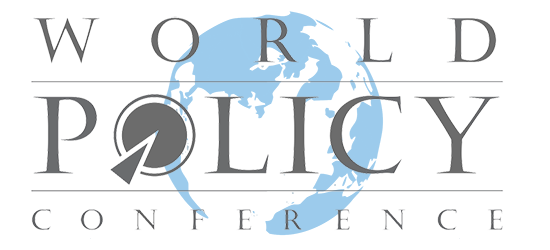March 7, 2018
Masood Ahmed, Center for Global Development
On International Women’s Day it is right to celebrate the huge advances in women’s rights during our own lifetimes. In almost every country in the world, women are closer to achieving equality in economic and social activity. However, even as we celebrate progress, we cannot lose sight of the road still to travel. Every day millions of women around the globe face obstacles, small and large, in being able to make decisions about their own lives and being able to do what they want to realize their full economic and human potential.
These obstacles take many forms—social norms and expectations, legal barriers, and poverty and inequality—and changing attitudes and behaviors unfortunately can take years of education and exposure to new thinking. But there are areas where concerted international action can accelerate the pace of change, and we need to make sure that these are high enough on the agenda for international development leaders.
One such area is support for family planning and contraception. In development circles, only recently is the case for modern contraception being made on the grounds of economic empowerment. Access to contraception allows women to postpone childbearing and to take up career options that were previously precluded. With the help of family planning tools, women can now envisage investing in professional training that may take several years, because they are confident that their plans will not be derailed by the unexpected birth of a child. As my colleague, Nancy Birdsall, points out in her recent blog on this subject, the introduction of the birth control pill in the 1970s led to a rapid and marked increase in the US in the number of women applying for medical and law training, not only because they were able to plan their professional training with more confidence, but because the admission committees of these universities could also rely on the same phenomenon to increase their comfort in offering places to applicants who would more likely complete their courses.
More recent evidence, which we discussed at a recent conference here at CGD, found that access to family planning in developing countries can lead to “increased schooling, labor force participation, occupational choice, and wages.” The interesting new finding is that the simple availability (not necessarily use) of family planning services has an impact on the behavior and expectations of girls and their families. In Malaysia, for example, girls living near family planning clinics remained in school six months longer on average. In Indonesia researchers have found that the presence of family planning programs when young women are making school attendance decisions increases substantially their educational attainment. The explanation is that because girls and their parents can envisage a future where the timing of their first child and the spacing of children is possible, they are willing to invest more in schooling or to make a commitment to working in the future, even if they themselves are not using these services at that time.
The gains from greater women’s economic empowerment accrue not only to women but to society as a whole. According to a McKinsey study, achieving gender parity in economic participation could add a quarter ($28 trillion) to the world economy by 2025. In the Middle East, where the gap between male and female participation in the work force is three times larger than the average for all developing countries, simply narrowing that gap to being twice as large as the average would add $1 trillion to economic activity over a decade. If you look through the economic literature there are many equally striking estimates of the gains that would come through greater economic empowerment of women at the regional, national or global level.
While these numbers are impressive and helpful in making the case for increased access to family planning services on the grounds of economic impact, I believe that they must be secondary to the fundamental issue of women’s rights. Two hundred million women who want to prevent pregnancy are not currently using modern contraception—too often because of poverty or environmental restrictions that deny them access to this essential service.
Given these facts, it is a shame to see the decline in international support for expanding family planning services in developing countries. UNFPA, the UN agency charged with ending maternal deaths and promoting family planning services, is facing a $700 million gap for funding contraceptives over the next three years. Here in the US, the administration’s budget proposals for FY19 entail a 50 percent reduction in funding for international family planning. Some countries—Canada, the Netherlands, India, Indonesia, and the United Kingdom—have maintained or stepped up their support for family planning and women’s health but overall the scale of international funding and attention to this issue falls well short of needs.
Development is about more than improved living standards or a better quality of life—it is being empowered to make choices about one’s own life. Ensuring that half the world’s population can exercise their choices about whether and when to bear children is a development goal that should be a priority for all.

